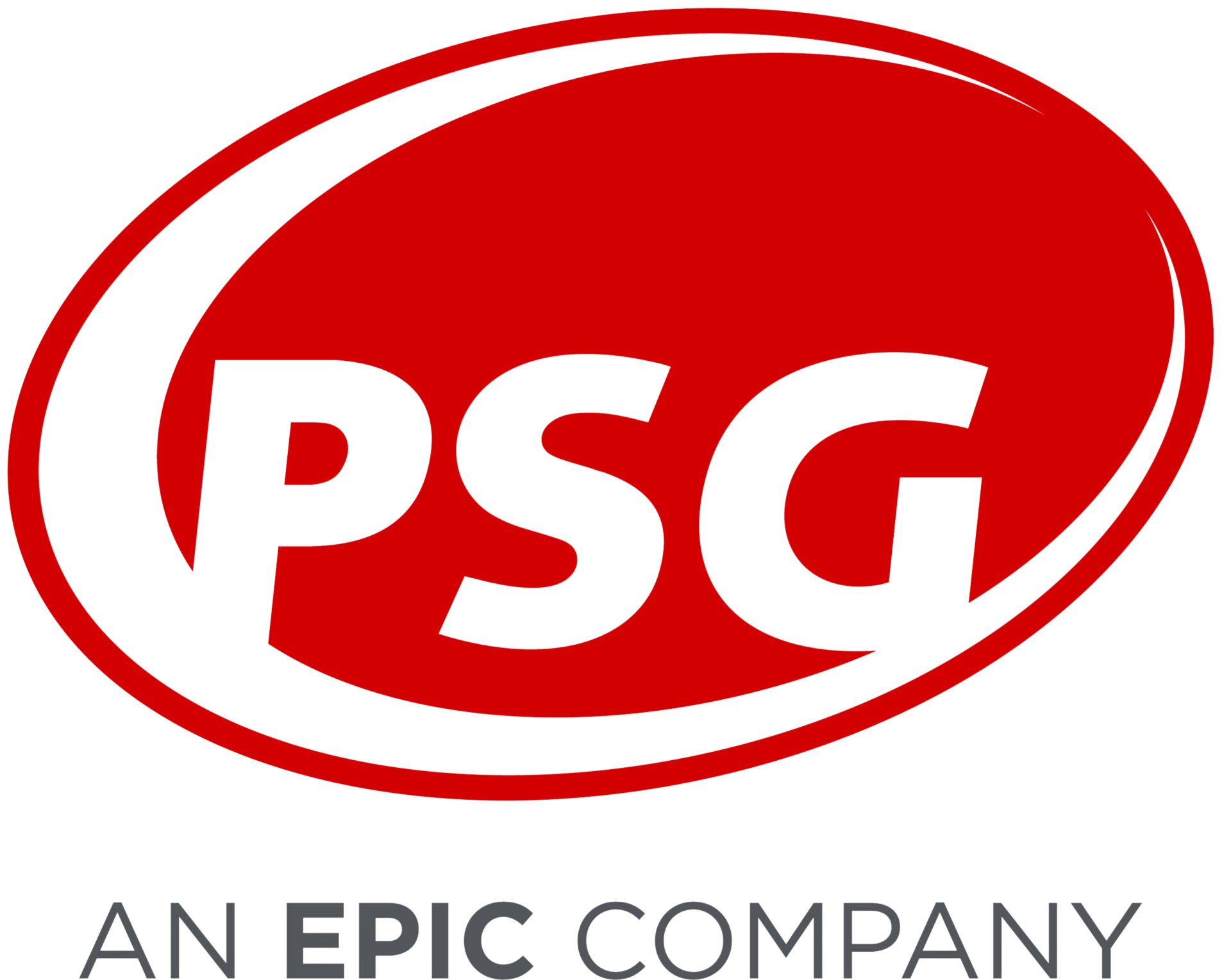Medicare Part D Redesign is Here: Changes to Medicare Formularies for 2025
Posted on March 6, 2024
The 2025 bid planning season is in full swing, and Medicare plans are feeling the pressure here and now from the Inflation Reduction Act. Beginning in 2025, members with Medicare Part D will have an annual limit, capping their out-of-pocket prescription drug costs at $2,000. Annual limits will be adjusted based on inflation in future years. Part D benefit redesign for 2025 has removed the incentive for plans to “push” members to benefit phases beyond the initial coverage phase. Net plan liability has drastically increased, from plans paying as low as 25-45% of all ingredient costs in 2024 to 60-65% in 2025. However, it does not change the fundamental difference between the value of Part D drug rebates and ingredient cost (Rebates>Ingredient Cost). Additionally, TrOOP (true out-of-pocket) has been redefined to include enhanced alternative benefits, causing plans to rethink defined standard benefit as an option. Also, risk adjustment model changes are breaking the traditional “rules” of what a profitable Medicare Advantage member looks like.
Offer a compliant and competitive benefit, mitigate higher utilization trends and potential bad debt
Ingredient cost matters much more, but rebates are still “king” in terms of value under Part D for health plans. However, health plans must contend with a much lower out-of-pocket maximum in 2025 which could fuel higher utilization than we’ve seen in years past and potential for bad debt with the Medicare Prescription Payment Plan.
There are several considerations plans need to keep in mind:
- Understand the likely population that will be able to reach the $2,000 maximum out of pocket based on current formularies, benefits, and mix.
- Re-analyze rebate over ingredient cost strategies in categories that have been impacted by AMP Cap manufacturer actions, such as inhalers.
- Manufacturers will weigh the value of offering Medicare rebates at current levels given the increase in their liability for Applicable Drugs (10% in Initial coverage, 20% in Catastrophic coverage).
- Clean up any “low-hanging fruit” in categories that are often overlooked or assumed to be well managed, reducing coverage to lowest cost products in generic categories (e.g., higher cost dosage forms).
- Re-evaluate Stars strategies that promote adherence with $0 member cost sharing (e.g., Select Care tier) on measurable benefit. Health Equity Index and P&T health equity draft requirements—even if not finalized—suggest an opportunity to consider health equity and social determinants of health as part of P&T/formulary development decisions. This will begin to be measured in 2025 for the 2027 Star Rating.
- Look ahead to potential 2027 Selected Drugs for longer-term formulary strategy considerations.
- GLP-1s
- Inhalers (ICS LABAs and LAMAs)
- Have honest discussions with your Product and Actuarial teams on where you want to be positioned.
- Medicare is a “copy-cat” league, so most plans do not aspire to be an outlier.
- Slimmer formularies to attract low Part D utilizers may become the status quo.
- For a more stable benefit to members, decide on formulary strategies with an impact on the immediate future vs. making longer-term formulary decisions.
- Evaluate disease states that are generics only for optimization opportunities.
Things may not be much different in 2025
Plans are wary of disruption and impact to CAHPS and Stars, so they may choose to stay the course with current formulary strategies until planning for 2026.
The IRA did not yet grant any further flexibility for plans in how they manage formularies and there have not been any material changes to Chapter 6 of the Medicare Prescription Drug Benefit Manual in nearly a decade. Formulary changes to minimize risk may be fighting with other benefit changes such as Premium or Part D benefit design when calculating Total Beneficiary Cost (TBC) or Out of Pocket Cost (OOPC) tests.
PSG has your best interests covered with the market data and expertise to provide valuable insights as you continue to navigate this post-Inflation Reduction Act landscape. Contact us to learn more about how we can help you with the Medicare Drug Negotiation Program.

